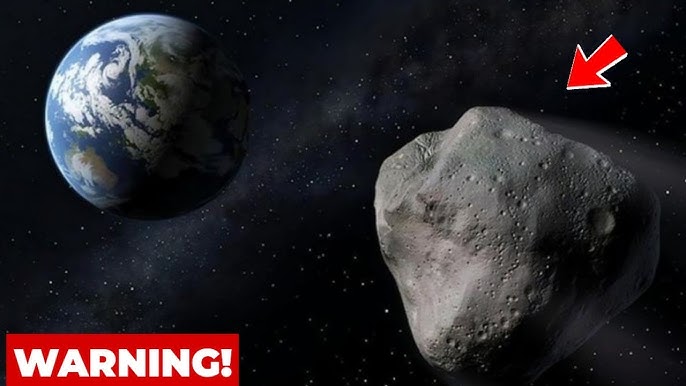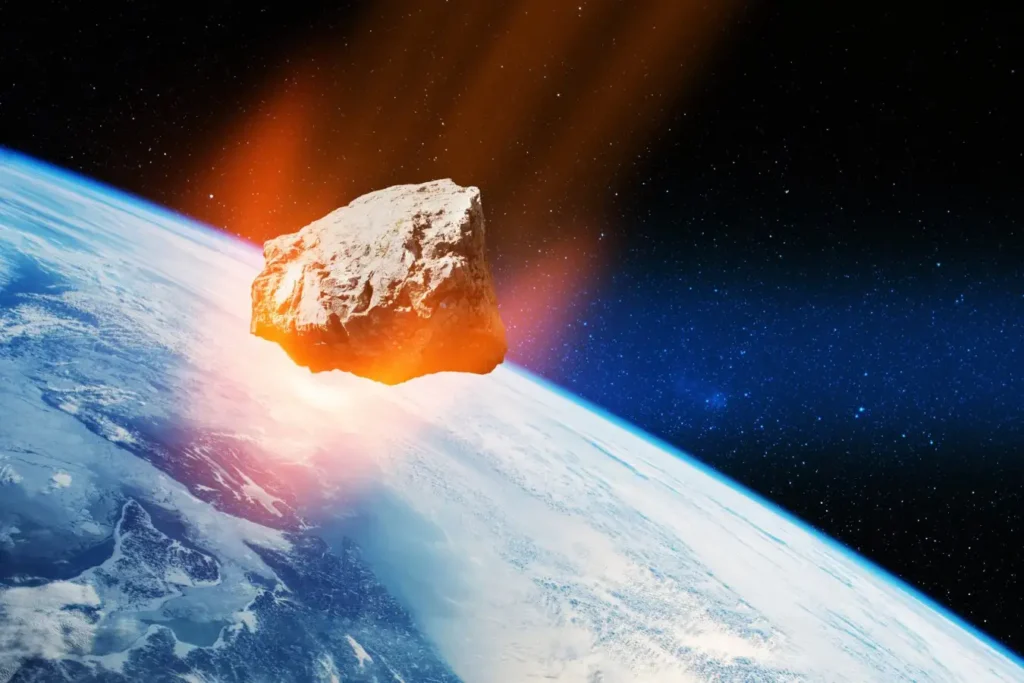In December 2024, astronomers discovered a near-Earth asteroid named 2024 YR4, which has garnered significant attention due to its potential to impact Earth in December 2032. While the probability of collision is relatively low, ongoing observations are crucial to refine its trajectory and assess any potential risks.
Discovery and Characteristics
2024 YR4 was first detected by an automated telescope in Chile on December 25, 2024. The asteroid is estimated to be approximately 100 meters (328 feet) in diameter, comparable to the size of a football field. Currently, it is traveling at a speed of about 38,000 miles per hour and is moving away from Earth. It is expected to make a close approach again in December 2028, which will provide astronomers with an opportunity to gather more data and refine its projected path.
Impact Probability and Risk Assessment

As of January 31, 2025, calculations based on a 37-day observation arc indicate that 2024 YR4 has approximately a 1.6% chance of impacting Earth on December 22, 2032. This probability has led to a rating of 3 on the Torino Impact Hazard Scale, a system that categorizes the impact hazard associated with near-Earth objects. A rating of 3 indicates a close encounter with a 1% or greater chance of collision capable of causing localized destruction. It’s important to note that as more observations are made, the impact probability may change, and the majority of newly discovered asteroids initially considered hazardous are often later downgraded as more data becomes available.
What damage could asteroid 2024 YT4 cause?
Let’s say the data we have on asteroid 2024 YT4 is currently correct. What kind of risk does an impact by this asteroid pose to Earth?
“It is likely around the same size as the 1908 Tunguska rock or the Meteor Crater rock,” Rankin said. “So, while impact effects would be more localized than regional, it certainly has the potential to do serious damage to the area it hits.”
Tunguska is currently the largest recorded asteroid strike event in human history, though we know of many greater impacts in prehistoric times. The most notable of these is the catastrophic Chicxulub impact, which happened around 66 million years ago and wiped out two-thirds of life on Earth and ended the reign of the dinosaurs.
Potential Consequences of Impact
If 2024 YR4 were to impact Earth, the consequences would be significant but not globally catastrophic. An asteroid of this size could release energy equivalent to approximately 8 megatons of TNT, leading to either a substantial airburst or the creation of an impact crater. The resulting destruction could affect areas up to several kilometers from the impact site, depending on various factors such as the asteroid’s composition, angle of entry, and impact location.
Global Response and Monitoring Efforts
In response to the potential threat posed by 2024 YR4, international space agencies, including NASA and the European Space Agency (ESA), have activated planetary defense protocols. The International Asteroid Warning Network issued a notice on January 29, 2025, highlighting the need for continued monitoring and data collection. These efforts aim to refine the asteroid’s orbit and assess the necessity of potential deflection missions. Techniques such as kinetic impactors, similar to NASA’s DART mission, are being considered to alter the asteroid’s trajectory if future analyses indicate a significant risk of impact.
Ongoing Monitoring and Future Observations
Both NASA and the ESA are closely monitoring 2024 YR4. Future observations, especially during its approach in 2028, will be critical in refining its orbit and assessing any potential threat. Historically, initial impact probabilities for newly discovered asteroids often decrease as more data becomes available, allowing for more accurate trajectory predictions.
Conclusion
While the discovery of asteroid 2024 YR4 has raised concerns due to its potential Earth impact in 2032, the current probability of collision remains low. Ongoing observations and international collaboration are essential to refine its trajectory and develop potential mitigation strategies if necessary. Public awareness and preparedness are crucial components of planetary.


